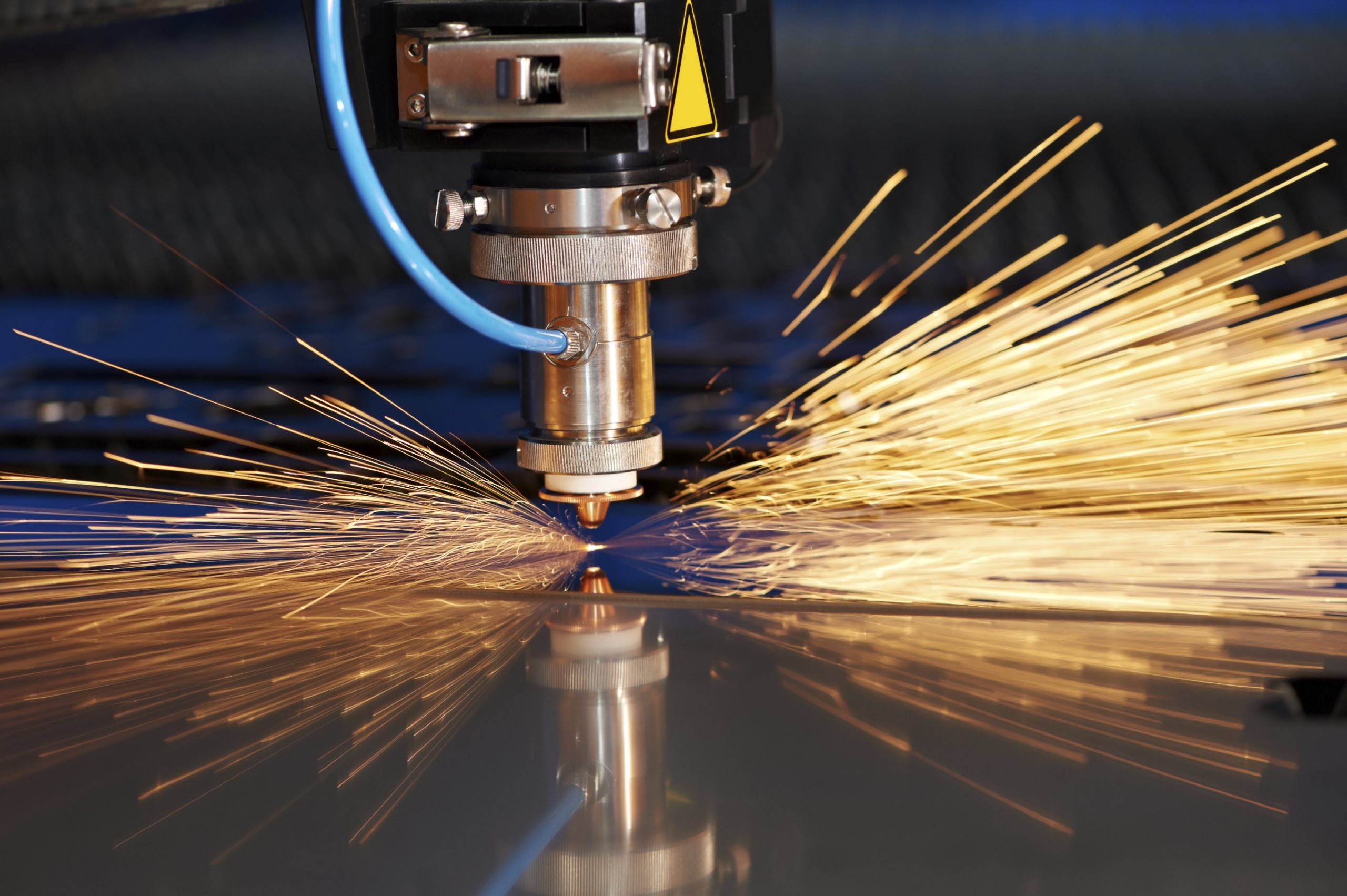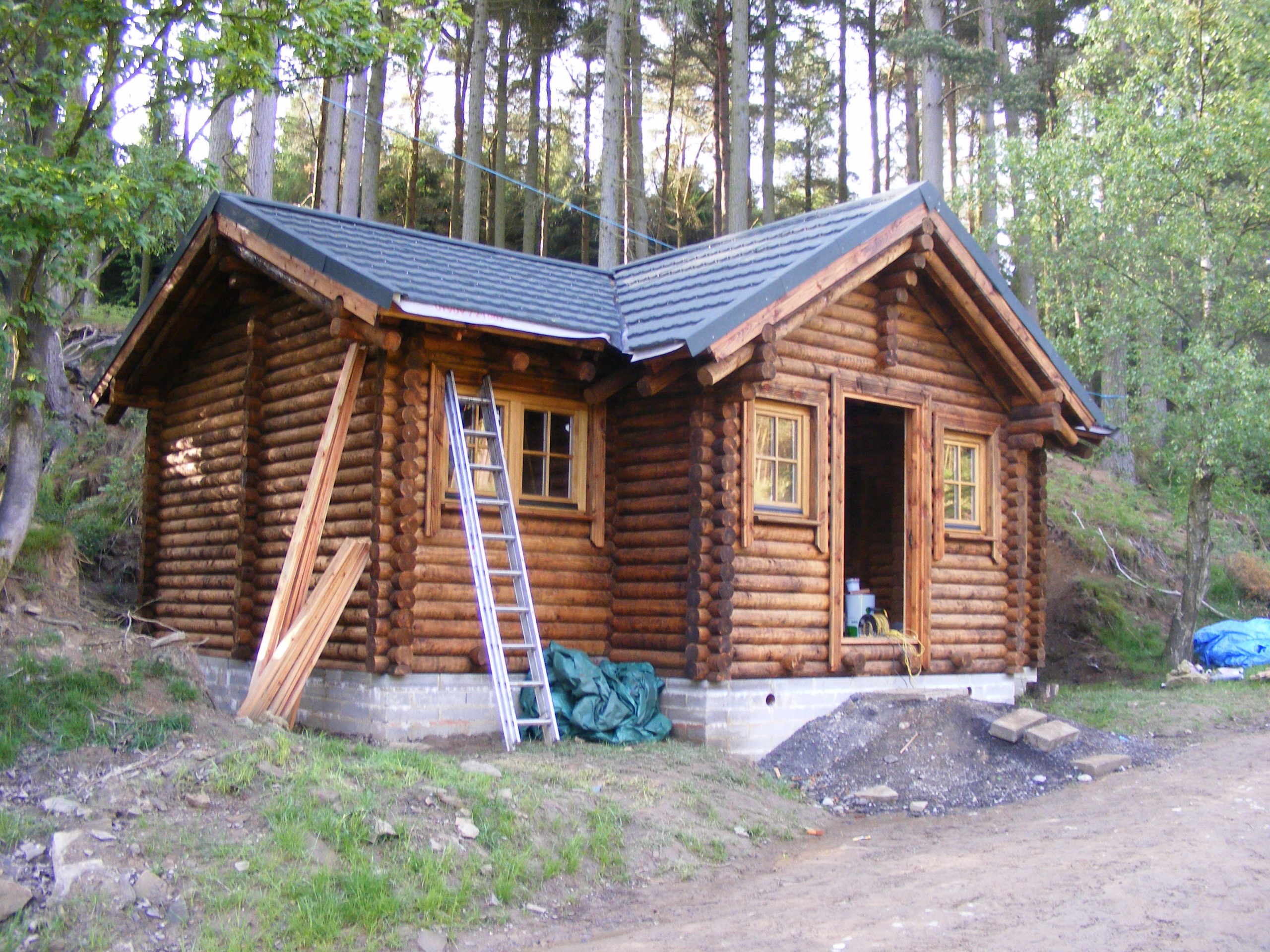Case Study
Macdeck Landscaping Ltd

Partners
University of Strathclyde
Sectors
Construction Support
Regions
Glasgow & Clyde Valley
Background
Macdeck Landscaping is a decking company that has gradually moved into landscaping due to demand from customers for the additional finishing to complete their gardens. They specialise in decking, timber structures, landscaping and garden redesign with an innovative look to each project.
Challenge
The company conceptualised an idea and carried out some basic prototyping of their unique innovative product, a Landscaping Decking Construction System, created with the use of composite materials*. Composite materials can give the required drainage capacity and lack of corrosion in combination, in principle, with the right structural strength for the system.
It was Macdeck’s intention as a business to progress to the creation of a universal branded/trademarked Construction System product. The product would offer the ability to create natural landscapes on raised structures, particularly in flooded areas, and create a wider scope of vision for architects and town and country planners at a more economical cost.
Before this project could develop, a greater fundamental understanding of composite components’ performance in the product was required. At the time, it was not understood either how composite materials would perform in the proposed Construction System under different load situations, what their limitations would be, or what system parameters would be optimal to present a viable and safe product for mass market.
Solution
Looking for an academic partner to collaborate on this project, Macdeck contacted Interface who matched them up with the department of Mechanical and Aerospace Engineering (MAE) and the Advanced Forming Research Centre (AFRC) at the University of Strathclyde, via Strathclyde Links.
The use of these composite materials in a construction context is relatively new, and entirely novel in ‘suspended’ landscaping. A combination of expertise of composite material properties, experimental testing of composites, and structural modelling of composite structures is a unique blend that the two departments at the University – MAE and AFRC – could offer the company. MAE was also able to offer the company a materials’ testing system as part of their specialist facilities.
The partners collaborated on the project to develop the new product by exploring the properties of the composite components, conducting a series of experimental tests, modelling of challenging performance scenarios, exploring the limitations of the system in terms of static failure modes, proposing solutions to the design issues, linking computer modelling and experimental data and using all knowledge thus generated to contribute to a coherent product technology portfolio.
The project outcomes helped validate the product under brand, as well as helping the company progress with its IP protection and certification, critical to its commercial success.
The approach used was unique and innovative as the two centres of academic expertise were able to bring value to the project that was more than just the sum of the two. The ultimate outcome of the project was a product with the specifications and performance characteristics founded on a sound fundamental scientific basis.
This collaborative project was funded by a Scottish Funding Council Innovation Voucher, administered by Interface.
Benefits
Company:
The company will build on the results of the project; the experimental data, the model outputs and the recommendations, to create a better, safer, more marketable product based on scientific evidence. The expertise and the credibility of the research from the University of Strathclyde will provide them with evidence for future product approvals and marketing, increasing sales and generating revenues for the business.
University:
This project provided an excellent opportunity for the University of Strathclyde to engage with an innovative local Scottish company with a technical requirement matching both the expertise of the Advanced Composite Centre (in MAE) and the AFRC. The project aligned very well with the AFRC’s and the High Value Manufacturing Catapult’s (HVMC) strategic theme of Lightweighting: the technology agenda of creation of very strong but light parts and structures. The AFRC are currently building a portfolio of capability in this area, which includes developing joint capability in composite materials with the MAE. The University’s work will be acknowledged in all literature related to the System.
Economic, Environmental and Societal Impacts
The proposed product is an excellent example of innovation, enterprise and creativity in Scotland. The product, a new innovative Landscaping System, has definite export potential with sales worldwide.
Macdeck Landscaping, going further, plan to create a new company offering new employment in Glasgow in supply, sales and distribution to support delivery of this product to markets in the UK and abroad.
The product has the potential to change how customers, architects, planners and governments deal with flooded land and their ability to build on flooded land, enabling landscape design on a raised surface, lifting wet and continuously flooded areas clear of ground.
An initial positive for the environment is that, in normal circumstances, a raised patio would require concrete foundations, type 1 infill, concrete block, cement, brickwork. All this can now be removed and replaced by a re-useable, more environmentally-friendly platform.
* A composite material is a material made from two or more constituent materials with significantly different physical or chemical properties that, when combined, produce a material with characteristics different from the individual components. The individual components remain separate and distinct within the finished structure, differentiating composites from mixtures and solid solutions.


